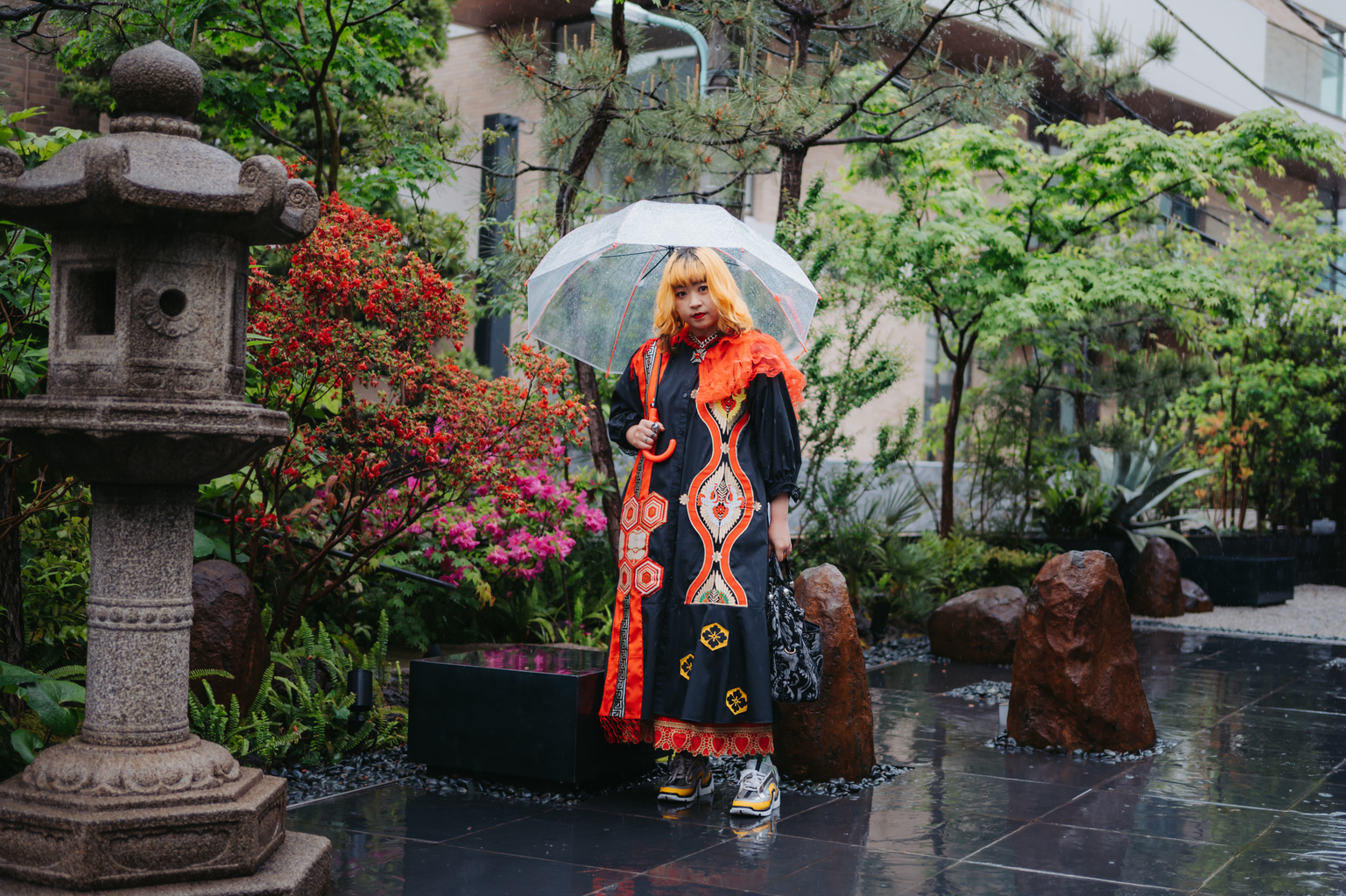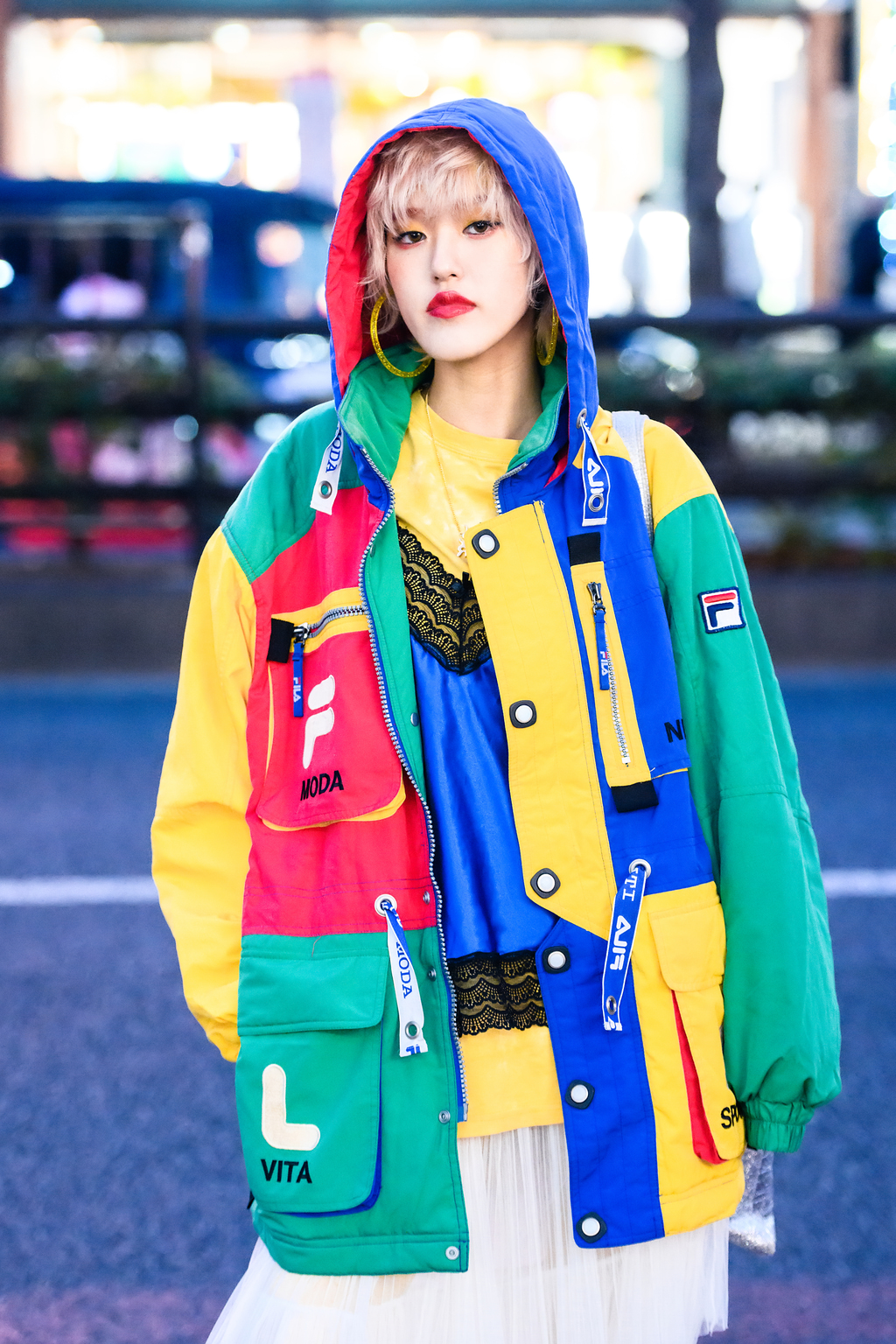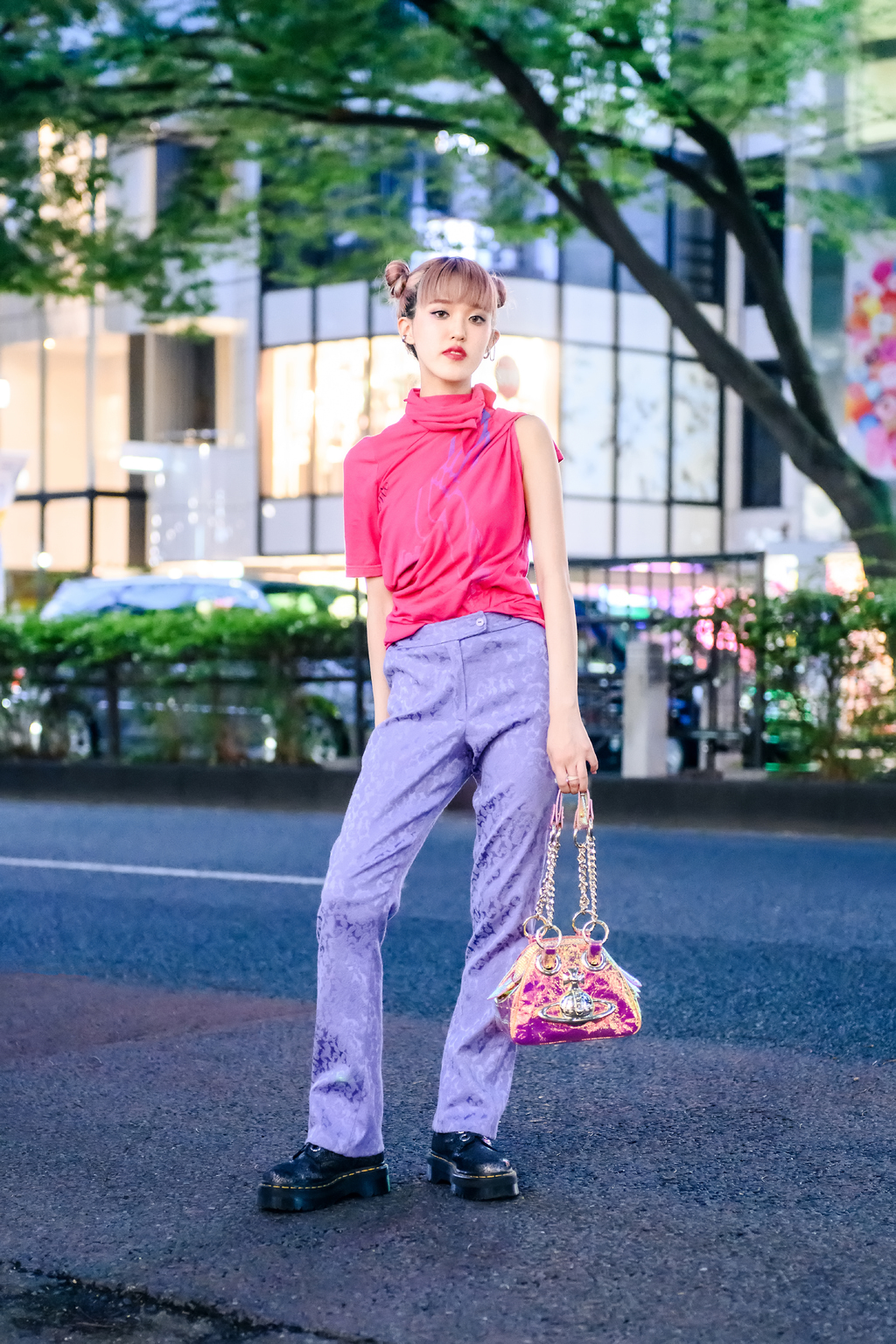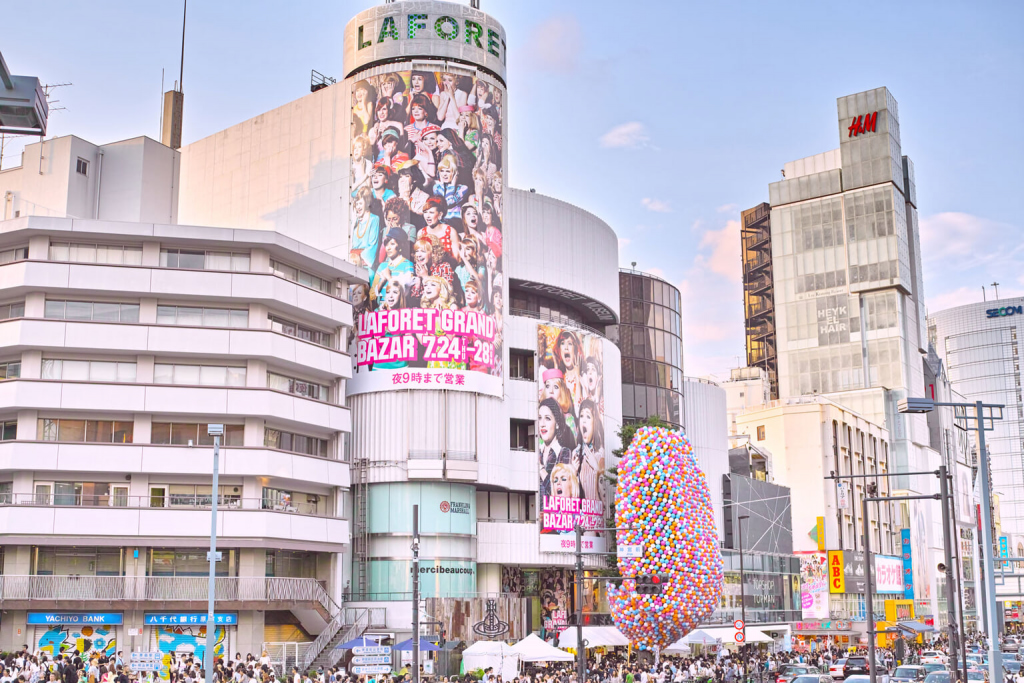Harajuku is dead. Long live Harajuku.
But, seriously, never say that to Harajuku fashionistas. They will anticipate it and correct you. The iconic Tokyo neighborhood is changing, but change is not death. Change is life, vitality, evolution.
“People and trends change, but the fashion is always there,” says Rika Sai, a fashion designer and Harajuku influencer who recently spoke to Tokyo Weekender.
“There are no more cool kids to photograph [in Harajuku],” is what Shoichi Aoki, the founder and photographer of the seminal street fashion magazine Fruits (stylized as FRUiTS) reportedly said when discontinuing the print publication in 2016. It’s a sensationalist misquote that he and other Harajuku-based fashion fans have been trying to dispel ever since.
“I’ve seen Aoki still taking photos on the Harajuku streets,” says Nanako Harada, a Harajuku fashion stylist and YouTuber.
Aoki stated in a 2017 interview with CNN that street fashion is less prevalent because social media is a new stage for people to share their style.

Nanako Harada. Photo by Lisa Knight.
The Future is Already Online
Harajuku’s protean trends have been cemented into history via magazines like Fruits and Zipper. Both were terminated around the same time, but both are plotting a comeback and the cogs are already in motion. While Aoki has only been hinting at a relaunch of Fruits, Zipper is officially back in business as of March 2022.
It’s a different beast now, however. Zipper embraced the digital age by holding its model auditions via the Japanese live streaming application MixCha. And in addition to posting new content on his personal Instagram account, Aoki has authorized an Instagram archive account of Fruits back issues curated by editor Chris Tordoff.
“We always need to adapt, and now that means going digital,” says Sai, who goes by Rikarin in both the physical and digital Harajuku worlds.
A founder of the fashion brand Scǎi Tokyo, the young Harajuku fashion icon understands both the old and the new faces of Harajuku. She was there when print and digital started wrestling for the spotlight.

Rika Sai. Photo by Kira from Tokyo Fashion.
“Some of these young kids have never read a print magazine in their life,” Sai says. “I’m one of the people who still value print culture, as something special and collectible.”
Print can still hold your attention longer than a fleeting Instagram post. However, online is where it’s at now. A mix of print and digital is the way most media outlets have chosen.
“The good thing is that now everyone can show off their fashion online,” Harada says.
Many digital platforms started with the promise to democratize, cut out the middleman and share the attention. You don’t have to be in Harajuku to be trending in digital Harajuku. You can be in your room, living in the countryside or abroad, but still dress up and show off your Harajuku style.
“I imagine some Lolita are happy not being in the sun with that much heavy clothing,” Sai laughs.
Harada, a full-fledged member of the hardcore digital generation sees some disadvantages too.
“What’s scary about digital media is that it can all disappear in an instant. Also, the number of posts is overwhelming.” But she also agrees that digital is important, adding, “We call print magazines ‘old media’ now.”

Rika Sai. Photo by Kira from Tokyo Fashion.
Trends & Tech in Harajuku Now
Fashion trends are now made online. That means Instagram, but also other social media and websites. Streaming and video content is gaining ground too, with short fashion clips trending on Instagram Reels and TikTok. Fashion is essentially performance so it lends itself well to the screen.
Sai hopes to see better-curated fashion content going forward while Harada, who is already utilizing YouTube, says she wants to see more Japanese people use Pinterest.
Whether it’s VR or holograms, Harajuku fashion connoisseurs will probably keep up to date with the technology. It’s only natural. At the same time, fashion is often rebooting itself. Sai tells us that the Y2K aesthetic is all the rage with today’s teenagers. Tracksuits, clunky sneakers, crop tops, miniskirts, wild neon colors and all the nostalgia from the turn of the millennium.
“They buy flip phones and Tamagotchi as accessories and take overexposed photos with old film cameras on purpose,” she tells us.

Rika Sai. Photo by Kira from Tokyo Fashion.
Who is Who in Harajuku Today?
Street fashion photographers are elusive creatures. The legendary Aoki is an exception because of his fame, but most photographers prefer to stay behind the lens and focus on their subjects. They are hunting the Harajuku streets for cool fashion, but don’t want to become hunted and constantly asked to take photos. Relationships are slowly and organically built on the streets of the ever-evolving neighborhood.
Harajuku fashionistas, on the other hand, are there to be spotted. They stand out with their ensembles but also with their willingness to pose in front of the camera. That’s rare in a country where people covet privacy, with strict laws in place about protecting identity.
To keep up with Harajuku trends follow Rikarin and Nanae on Instagram. They both also recommend following the Tokyo Fashion account.









